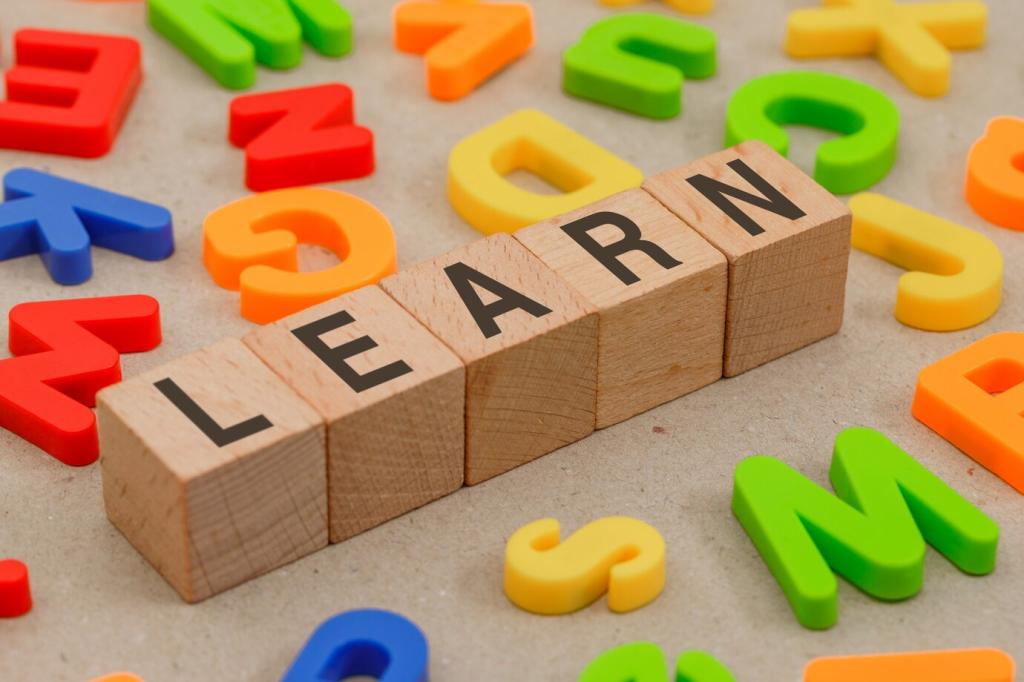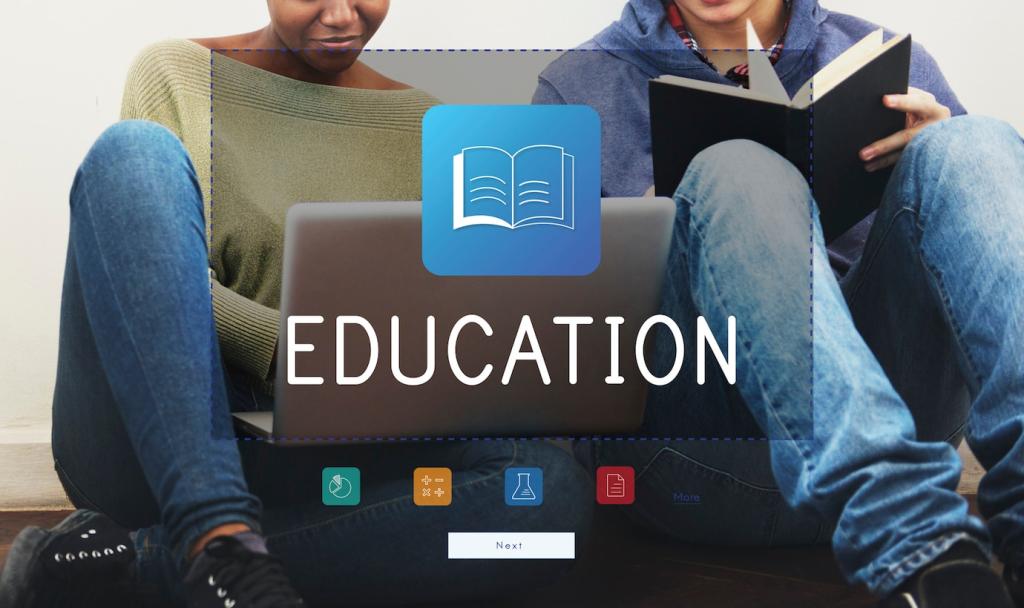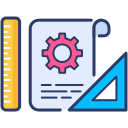Creating Education Guides for Diverse Learning Styles
Selected theme: Creating Education Guides for Diverse Learning Styles. Welcome to a warm, practical space where every learner’s strengths are honored through adaptable guides, inclusive strategies, and stories that make teaching feel human, hopeful, and effective. Join the conversation, share your wins, and help us refine these ideas together.

Mapping the Landscape of Diverse Learning Styles
Design with diagrams, color-coded cues, and spatial layouts that reduce cognitive load. Use consistent iconography, step-by-step visuals, and annotated examples. Invite readers to bookmark a favorite visual strategy and tell us how it clarified a difficult concept in their own classroom.
Mapping the Landscape of Diverse Learning Styles
Incorporate short audio summaries, read-aloud scripts, and think-aloud prompts that model reasoning. Provide discussion starters and sentence stems. Encourage educators to record micro-podcasts and share links below, describing how students responded to hearing objectives and feedback in a friendly voice.
Design Principles for Inclusive Education Guides
Plan multiple means of engagement, representation, and expression. Offer alternatives proactively, not retrofits after frustration appears. Share in the comments which UDL checkpoint you address first when drafting, and subscribe to receive our monthly checklist templates tailored to diverse learning styles.
Design Principles for Inclusive Education Guides
Write directions with short sentences, concrete verbs, and highlighted keywords. Chunk tasks with visible time estimates. Include model responses and non-examples. Invite readers to post a before-and-after sentence they simplified, describing how the clarified version transformed student understanding during independent practice.

Formative Checks for Every Style
Mix quick sketches, exit audio notes, and demonstration tasks to capture learning authentically. Use choice boards to let students pick formats. Share your favorite low-prep formative routine below, and tell us which learner profile benefited most from the flexibility this week.

Student Self-Assessment and Voice
Introduce reflection stems and visual progress trackers. Encourage students to set goals, choose tools, and evaluate outcomes. Ask readers to contribute a reflection prompt that elicited honest insights, and explain how it influenced your next revision of the guide’s practice activities.

Iterate with Evidence, Not Assumptions
Collect small data: error patterns, timing, and choice usage. Revise instructions, supports, and exemplars accordingly. Comment with one surprising insight you discovered after tracking choices for a week, and subscribe to get our evidence-to-action worksheet for continuous improvement.
Storytelling that Reaches Every Learner
When Maya received our guide with audio summaries, color-coded steps, and a build-it activity, she finished her first lab without tears. She later wrote a short voice note celebrating the model diagram. Share a student story that changed how you design supports for reading-heavy tasks.

Formats, Tools, and Media Choices
Print-Ready, Low-Tech Options
Provide grayscale-friendly layouts, high-contrast visuals, and QR codes linking to audio. Include cutouts for manipulatives. Tell us which printable structure—one-pagers, foldables, or graphic organizers—worked best for your learners, and we will compile community favorites in a future post.




